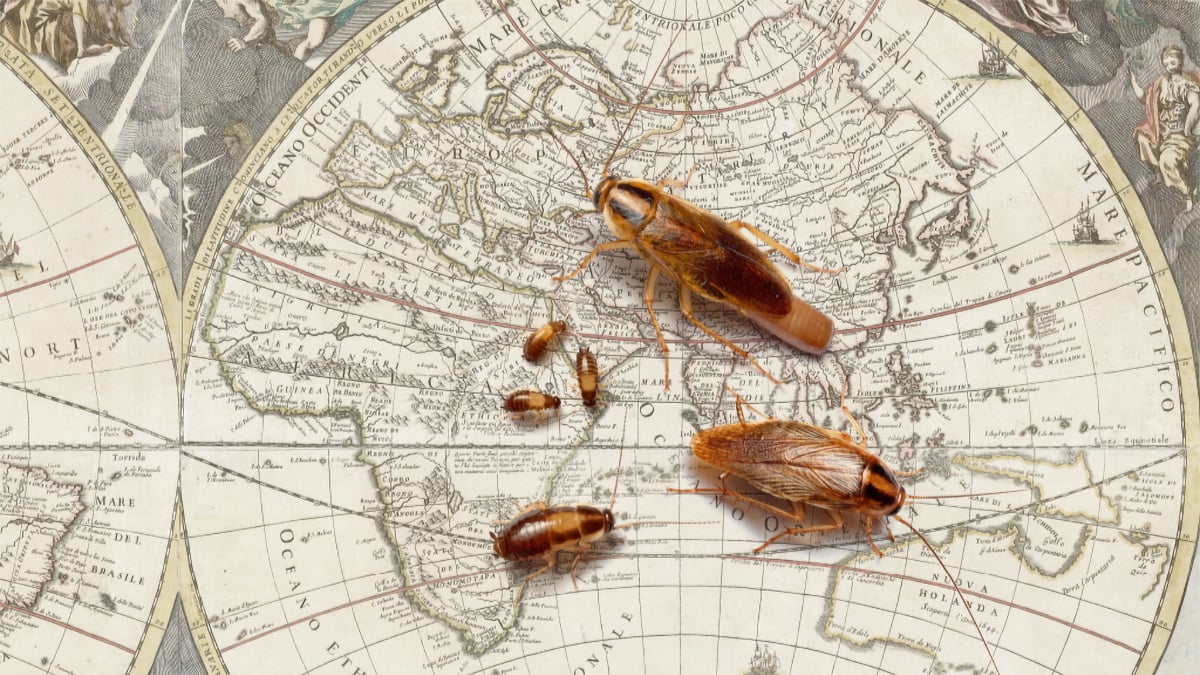Scientists Uncover Origins of Common Indoor Pest
The common indoor pest, the German cockroach, has been traced back to Asia around 2,100 years ago, debunking the myth of its German origins. This discovery came from analyzing over 280 specimens from six continents. The species, known for its resistance to insecticides and association with human habitats, poses serious risks to public health by spreading diseases and triggering allergies and asthma.
Global Concerns Over Urban Pest’s Origins
An international team of scientists, including Warren Booth, an entomologist at Virginia Tech, has solved a 250-year-old mystery regarding the origins of the most common indoor urban pest: the German cockroach. The team’s research results, representing genomic analyses of over 280 specimens from 17 countries and six continents, show that this species evolved around 2,100 years ago from an outdoor species in Asia and have been released this week in the Proceedings of the National Academy of Sciences journal.
Health Risks Posed by German Cockroaches
Contrary to its name, the German cockroach’s origins are not in Germany. In fact, it does not seem to have a wild habitat anywhere in the world. To date, no populations have been found outside of structures. As the German cockroach evolved, it spread from Southeast Asia, hitchhiking around the world in association with humans. In addition to its rapid spread, it has developed resistance to various insecticides, making it extremely difficult to control with over-the-counter products. According to Booth, the German cockroach poses a major public health problem due to its links to disease spread, food contamination, and its role in triggering asthma and allergies.




